Originating from the vast, arid landscapes of Australia, the Budgerigar, commonly known as the “budgie” or “Parakeet,” has soared in popularity, becoming one of the world’s most beloved pet birds. With its vibrant hues and cheerful demeanor, the budgie is more than just a colorful sight; it is an avian embodiment of energy and charm.
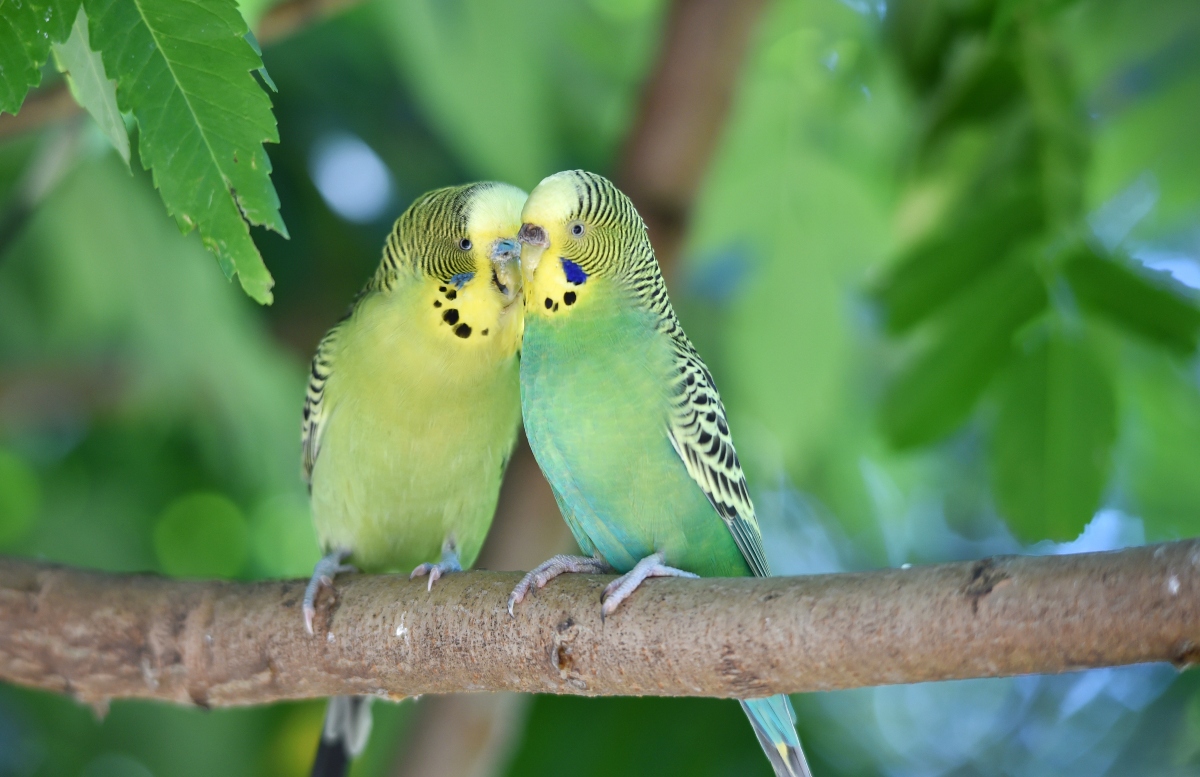
The Budgerigar, scientifically known as Melopsittacus undulatus, measures a compact 7 to 8 inches in length, yet what it lacks in size, it more than makes up for in personality. Its plumage is a tapestry of bright greens and yellows in the wild, but selective breeding in captivity has produced a rainbow of available colors, from blues and purples to whites and grays. The wavy bands of color on their feathers give them a unique and recognizable appearance.
In the wild expanses of Australia, budgies thrive in grasslands, where they form large, noisy flocks, a sight and sound that is quintessentially Australian. Their adaptability is remarkable, often migrating in response to food and water availability, demonstrating resilience in the face of the continent’s often harsh climatic conditions.
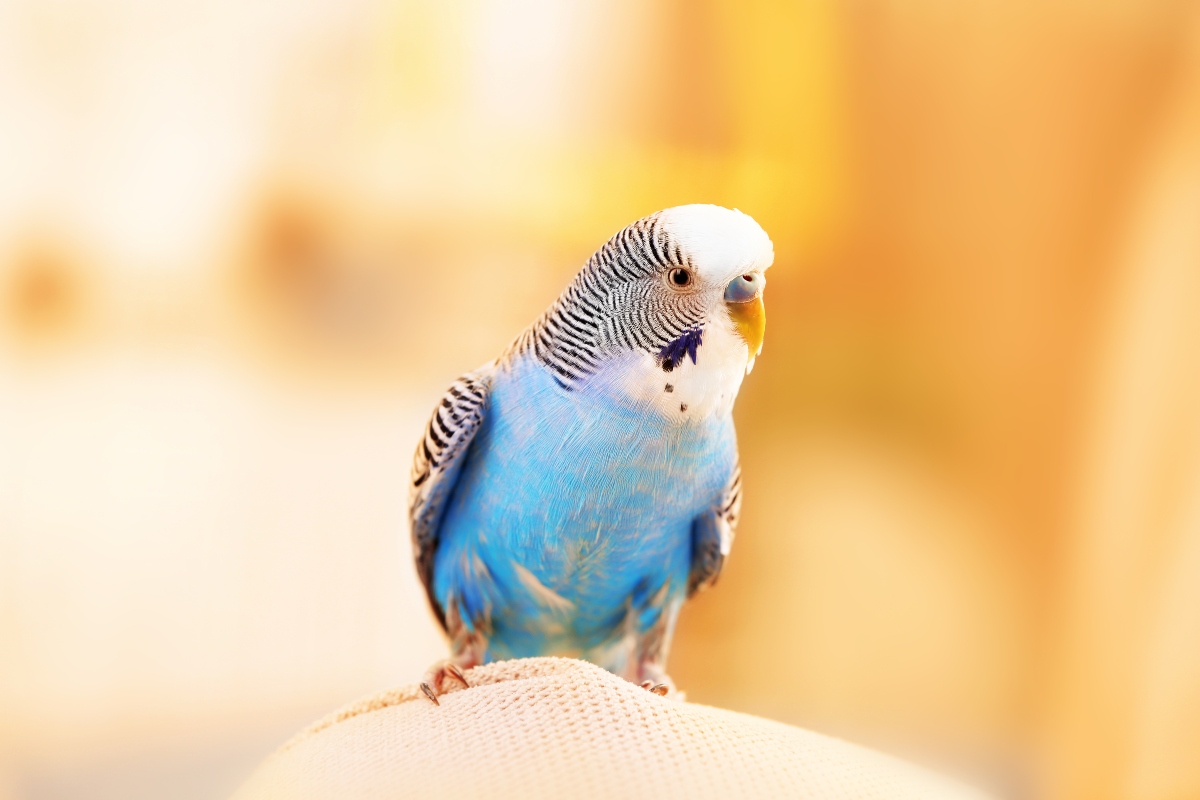
Diet-wise, budgies primarily feast on seeds. In captivity, it’s crucial to offer them a balanced diet, which can include formulated pellets, fresh fruits, and vegetables to ensure they get all the necessary nutrients.
One of the budgie’s standout characteristics is its sociability. In the wild, they rely on flock structures for survival. In domestic settings, this translates to them being highly interactive, both with other budgies and with their human companions. Their vocal abilities are impressive; many Budgerigars learn to mimic sounds and even pick up words and phrases, much to the delight of their owners.
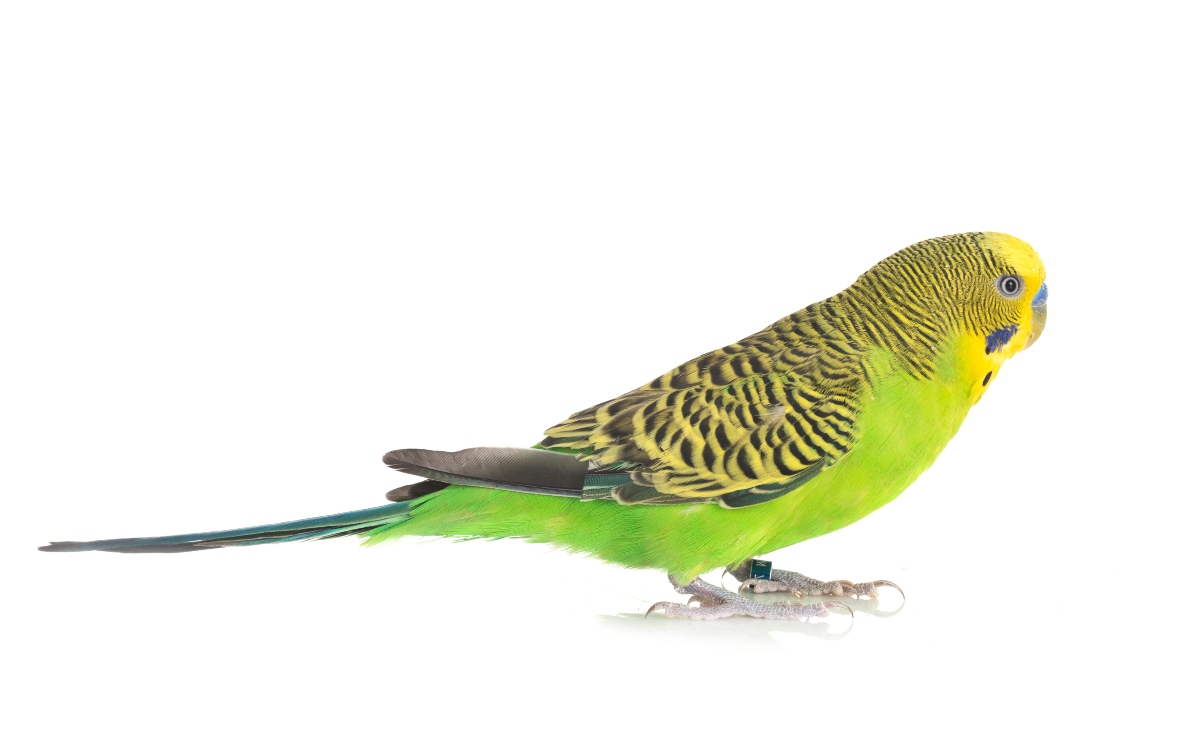
Breeding budgies has been a successful endeavor worldwide, and their courtship and nesting behaviors are a subject of fascination. They’re cavity-nesters by nature, often choosing tree hollows in their native habitats. When provided with the right conditions, they readily breed in captivity, producing clutches of up to eight eggs.
While budgies have thrived as pets globally, it’s essential to remember the responsibility that comes with their care. Providing them with spacious cages, mental stimulation, regular veterinary care, and opportunities for social interaction and flight ensures their well-being.
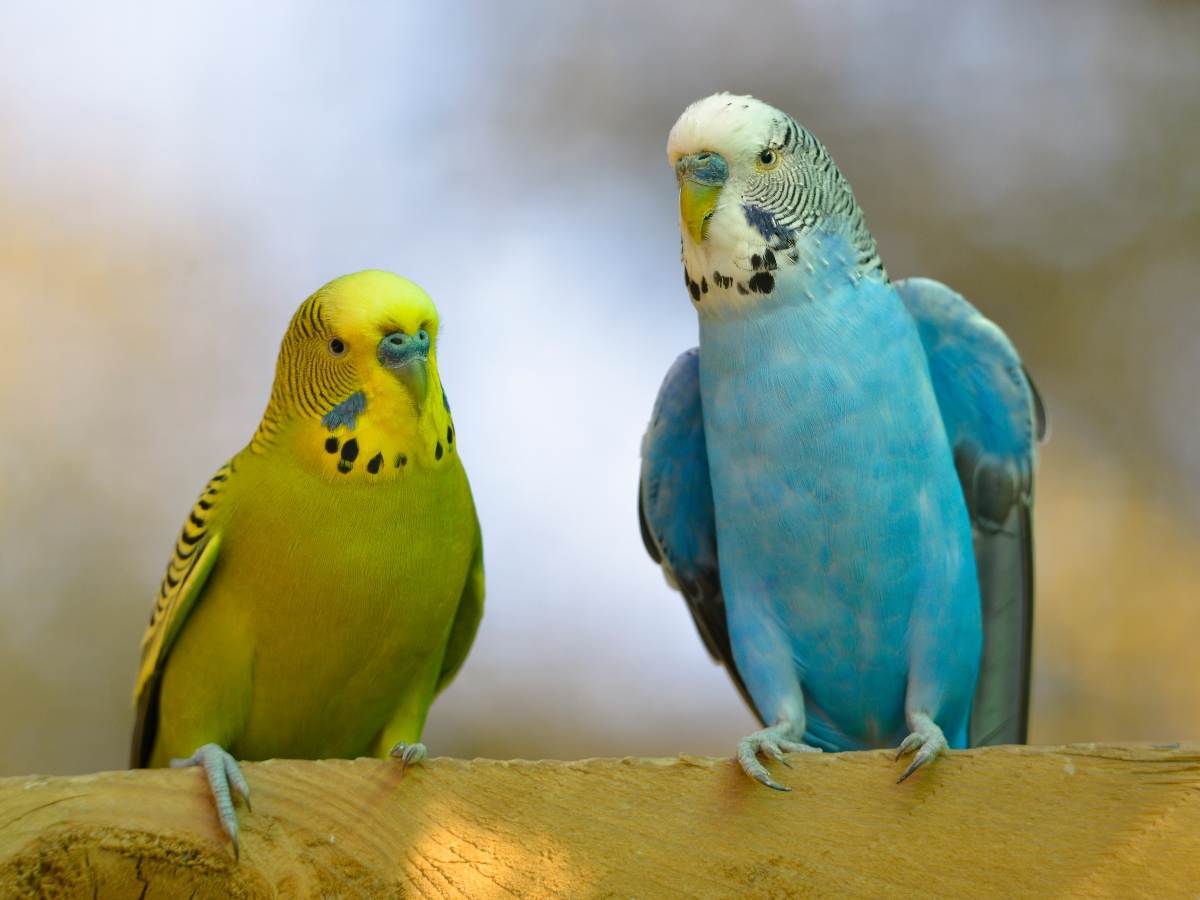
In cultural contexts, the Budgerigar holds a special place in the hearts of many. They have inspired artists, writers, and even filmmakers with their vibrant colors and endearing personalities.
For those who have had the privilege of sharing their homes with a budgie, the experience is often described as life-enriching. Their chirps, playful antics, and affectionate natures can brighten any room.
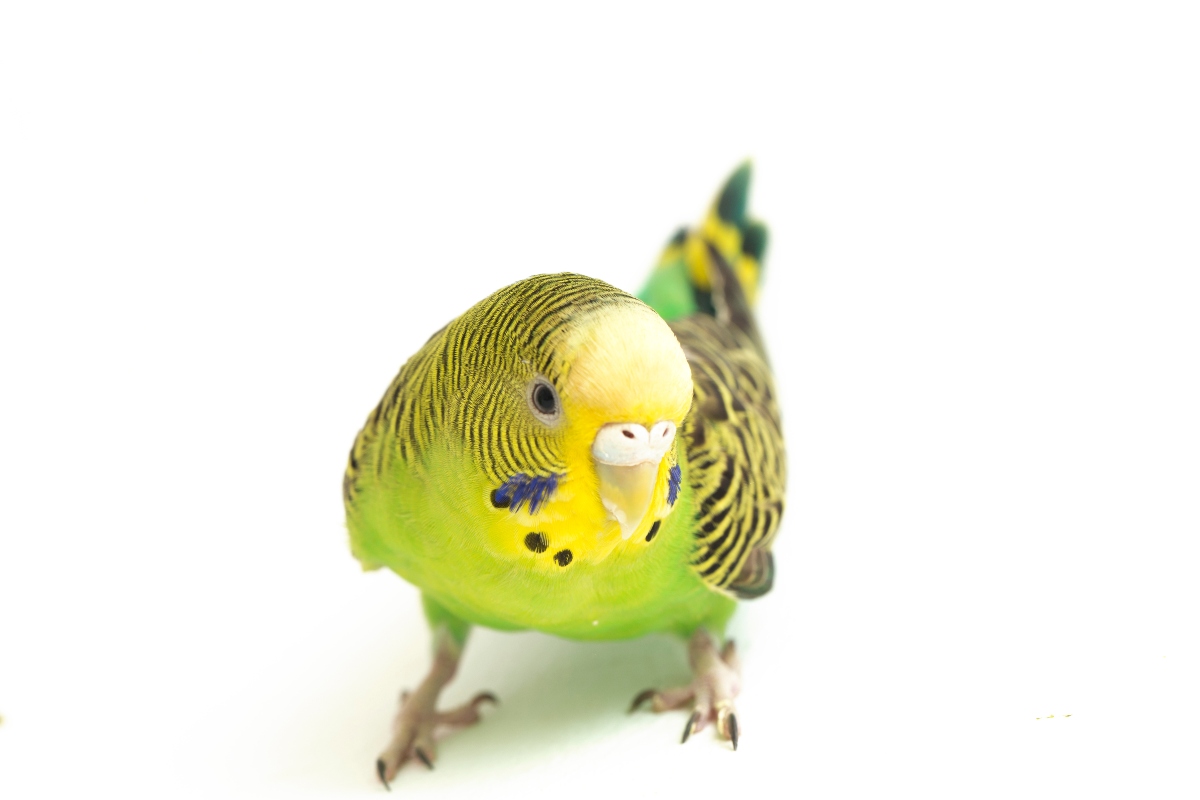
In conclusion, the Budgerigar, with its vivacious spirit, reminds us of the wonders of the natural world, whether soaring in the Australian skies or perched on a living room cage. Through our continued appreciation and care for these miniature Parrots, we celebrate the joy and color they bring into our lives.